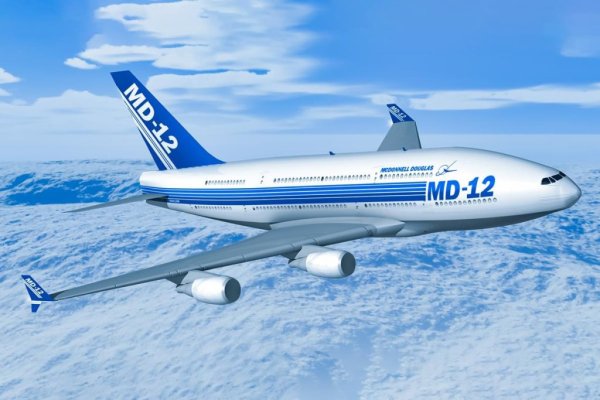What are the advantagesof the A-4 Skyhawk aircraft?
Advantages of this famous Marine and Navy attack
aircraft:
Armament: Even though quite small, (a maximum
takeoff weight of 24,500 Ibs,) it could carry a whopping
8,500 Ibs of external ordnance on five hard points,
more than a B-17 bomber.
Speed: Though sub-sonic it was still fast, hitting a top
speed of 670 miles per hour (1,080 km/h).
Size and cost: The Skyhawk, was designed by Douglas
to replace their own ground attack star, the Douglas A-1
SkyRaider, one of the largest single-engine propeller
driven fighter-bombers ever built with what turned out
to be one of the smallest, lightest attack jets ever. It
was successful: The Huge Skyraider could haul 8,000
lbs or ordnance, and the petite Skyhawk could hump
8,500 lbs. of a staggering array of munitions. The
Skyraider could hit a max speed of 322 and the
Skyhawk could hit 670 mph.
Douglas designed the Skyhawk so small that the result
was an aircraft that weighed only half of the Navy's
original weight specification for the new design. It had a
wing so compact that it did not need to be folded for
carrier stowage. The short-span delta wing didn't
require the complexity of wingtip folding, saving an
estimated 200 pounds (91 kg) per wing. 400 lbs total.
Its spars were machined from a single forging that
spanned across both wingtips. The turbojet engine was
accessed for service/replacement by simply removing
the aft section of the fuselage and just sliding out the
engine. This negated the need for access doors with
their hinges and latches further reducing weight and
complexity. (This simplicity of design is the opposite of
what can often happen in aircraft design where a small
weight increase in one area tends to a compounding
increase in weight in other areas to compensate,
creating a demand for more powerful, heavier engines,
larger wing and empennage area, and so on in a vicious
circle.)
The first 500 production examples cost an average of
$860,000 each, less than the Navy's one million dollar
maximum. Compact and economical in every way!
Longevity: Introduced into US arsenals on 1 October
1956; (65 years ago,) Skyhawks played key roles in the
Vietnam War 1, the Yom Kippur War », and the
Falklands War 2. In 2022, seven decades after the
aircraft's first flight in 1954, some of the 2,960
produced (through February 1979) STILL remain in
service with the Argentine Air Force 17 and the Brazilian
Naval Aviation 2, twice as long as the also-long-lived
and magnificent Skyraider, another of my favorite
aircraft. Many nations used the Skyhawk including the
U.K., Australian, France and Sweden.
Refueling: The A-4 Skyhawk pioneered the concept of
"buddy" air-to-air refueling, allowing the aircraft to
supply others of the same type, reducing the need for
dedicated tanker aircraft-a particular advantage for
small air arms or when operating in remote locations.
This gave the Skyhawk greatly improved operational
flexibility and fueling reassurance against the loss or
malfunction of tanker aircraft.
Nuclear payload capable: Though sub-sonic, the
Skyhawk had the flexibility to deliver a nuclear weapon.
Below: Thermal cockpit shield for nuclear weapons
delivery.
Emergency Landings: The A-4 was also revolutionarily
designed in the event of a hydraulic failure, to be able
to make an emergency landing on the two drop tanks
nearly always carried by these aircraft. Such landings
resulted in only minor damage to the nose which could
be repaired in less than an hour.
All Weather: The Users loved her and more variants and
modifications were added. The A-4C Skyhawk included
avionic changes, a low-altitude bombing system, an all-
altitude reference system and an automatic flight
control system, and the aircraft was now all-weather.
Skyhawks were well loved by their crews for being
tough and agile. These attributes, along with their
bargain-basement purchase price and operating cost
as well as easy maintenance, contributed to the
popularity of the A-4 Skyhawk with American and
international armed forces, both. The Israeli Air Force
also fell in love with them as they cost 1/4 of what an F-
4 Phantom Il cost, but had 1/2 its payload.
 . Agree 1,000%
. Agree 1,000%


















